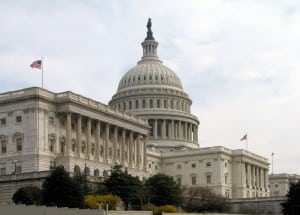
A key lawmaker said Thursday’s she’s deeply troubled with NASA’s budget request and proposed cuts to science programs, including the James Webb Space Telescope. NASA’s fiscal year 2015 budget request is $17.6 billion, down $186 million from FY ’14. The civil space agency’s request includes a $179 million cut to science programs, down from $5.1 billion enacted for FY ’14. In addition to the Webb Telescope, NASA’s science programs include earth and planetary science, astrophysics and heliophysics. Of those five…













